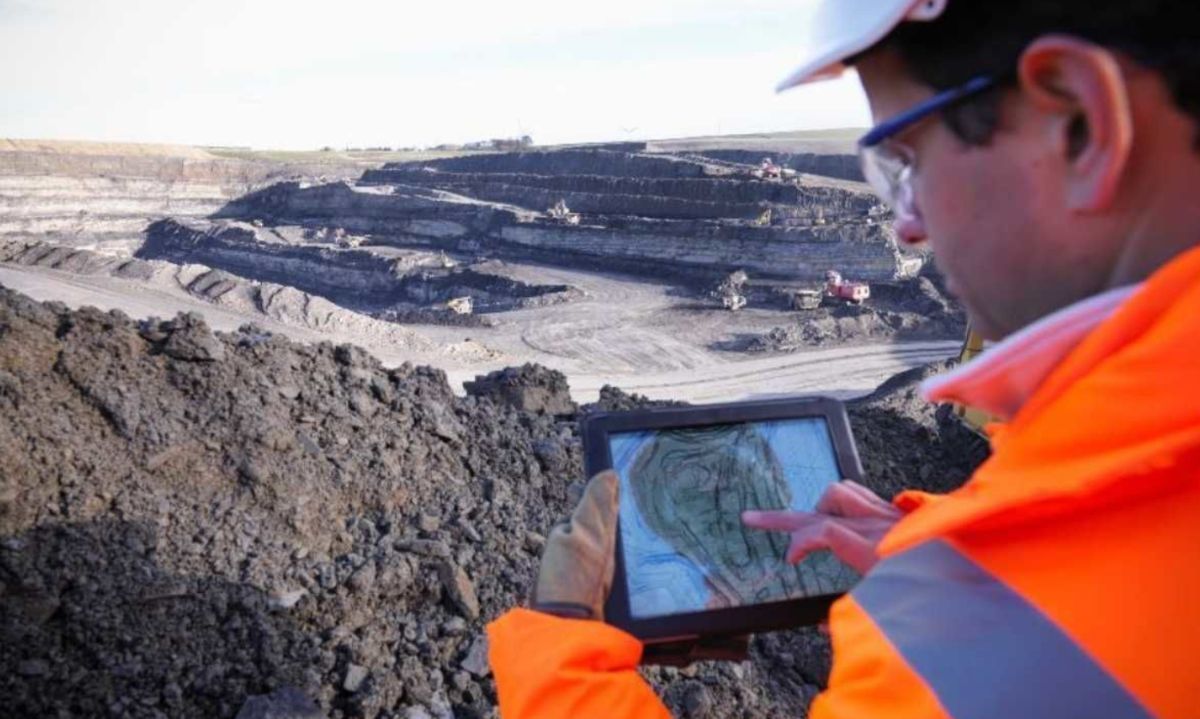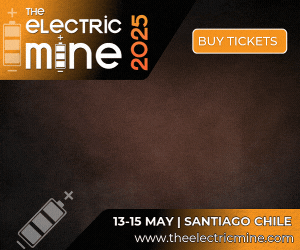
Antofagasta plc unveiled its Climate Action Plan to test and incorporate new technologies that will enable it to achieve carbon neutrality by the year 2050.
In the last four years, Antofagasta plc has reduced its Scope 1 and 2 greenhouse gas emissions (GHG) by 43%. The company has migrated all its electricity supply contracts to renewable energy sources. Additionally, the Antofagasta Bolivia Railway (FCAB), which is also part of Antofagasta plc, will put into operation this year the first hydrogen-powered locomotive for cargo as part of its decarbonization plan.
Since 2020, when it established the Climate Change Strategy, the Group has set GHG emission reduction targets that it has achieved ahead of schedule. As part of this strategy, Antofagasta plc unveiled its Climate Action Plan to test and incorporate new technologies that allow it to decarbonize its operations and achieve carbon neutrality by 2050.
The medium-term goals are to reduce Scope 1 and 2 emissions by 50% by 2035, using 2020 as the base year, and to decrease Scope 3 emissions by 10% by 2030, based on emissions projected for 2022. This latter challenge requires collaborative work with key stakeholders in its value chain, a task that will be addressed through the Suppliers for a Better Future Program, which the Group launched in December 2022.
"We aim to manage our growth responsibly. We are working to produce the copper needed for the energy transition, while also advancing towards more environmentally responsible mining practices. Our goal is to achieve carbon neutrality by 2050, for which we initiated this Climate Action Plan in 2023. We are conducting a detailed analysis of the best technological alternatives to transition to the decarbonization of our operations," stated Iván Arriagada, CEO of Antofagasta plc.
Tomás Nass, the company's Decarbonization Manager, added that the focus is now on replacing diesel in mining haul trucks (CAEX) and support vehicles, for which different technologies such as dynamic charging, electric batteries, green hydrogen, and eco-fuels have been studied.
In this regard, the company believes that certain criteria have been established to make their implementation viable, such as the availability of infrastructure for the generation and transmission of electricity tailored to the projected demand, the economic viability of battery solutions, and the effectiveness of technological integration.




